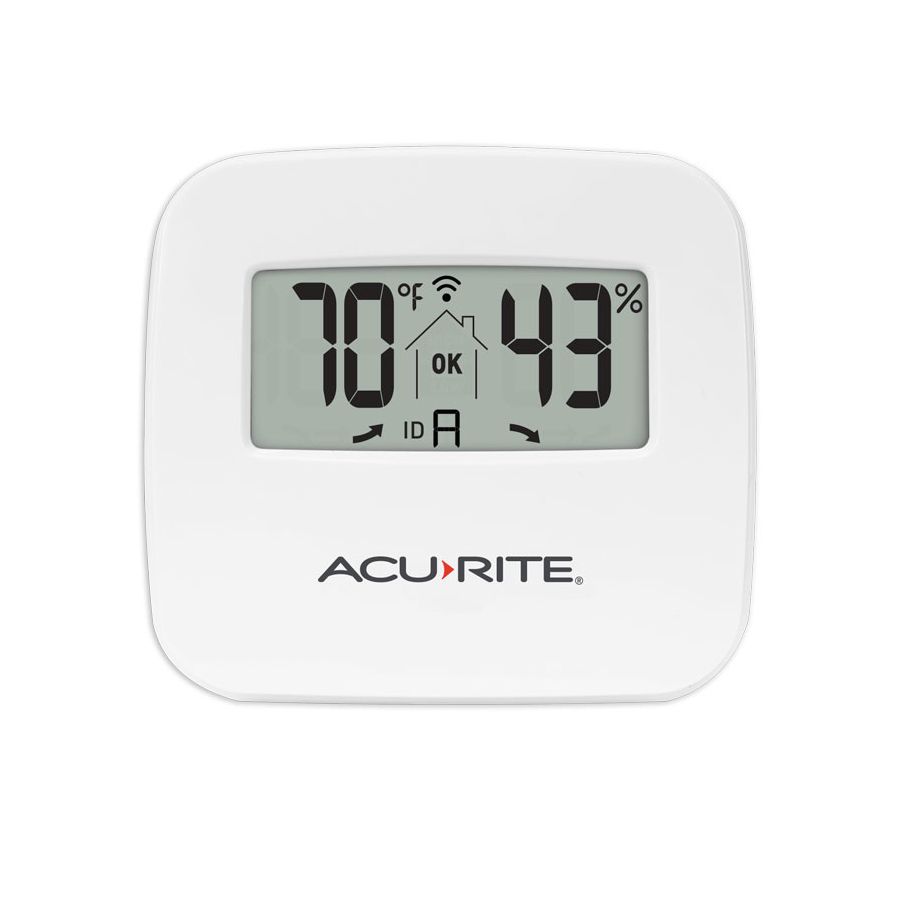When the weather outside is frightful, most people retreat to the comfort of their home. But the great outdoors just gets greater when the mercury drops — and warm-blooded adventurers can experience the serenity of the wilderness in winter.
Cold-weather camping is the perfect way to stay active outdoors all year long, but it requires extra awareness and plenty of preparation. If you’re ready to brave the snow and see the world in a new way, here are some essential fall and winter camping tips to keep you safe and cozy while you explore.
Temperature Check
There are some universal truths about cold-weather camping, whether you’re enjoying dry fall foliage or wet snow showers. The days will be shorter, which means less active time to explore and colder temps to contend with once the sun goes down. Cold weather, in general, means tougher terrain, with plant debris or hidden ice patches making hiking more hazardous. It also means the ground itself will be harder, which makes driving tent stakes into the ground more difficult and finding dry fuel for a fire a lengthier process. Give yourself extra time to set up camp each evening so you don’t have to finish pitching your tent in the dark.
The first thing any good camper does before lacing up their hiking boots is check the weather, and that becomes even more crucial for cold-weather camping. From there, your next step depends on the time of year.Fall Camping
In most of America, autumn weather can be particularly unpredictable — one minute the air is crisp and dry, and the next it can be boiling hot from direct sunlight or absolutely frigid and wet from heavy rains. That not only impacts the gear you pack; it also changes the way you dress and layer your hiking clothes. If you head out ready for the cold and suddenly find yourself sweating, the risk of heat exhaustion and dehydration becomes more pronounced. A chilly morning can give way to a hot afternoon, and the range for heat-related illnesses is lower than you think — especially if you’ve dressed for a.m. temperatures and now feel the sun beating down on your heavier jacket.
That’s why personal weather technology, like the AcuRite Portable Anemometer with features like a built-in thermometer and barometer (as well as wind speed readings), are a must for your gear bag or pack. Check the weather frequently — and listen to your body — and dress in thin, removable layers so you can strip down or wrap up depending on what Mother Nature sends your way. A portable lightning detector is also a smart thing to have in any camping pack, and always review your safety plan should lightning strike before you head out on long hikes.
Winter Camping
Fall doesn’t have a monopoly on unpredictable weather. A blanket of snow is cold to the touch, but is also the perfect surface to reflect the sun’s rays — and that can make even a cold day feel like a beach day if you’re unprepared. Check wind speeds to see if a cold breeze might balance out the reflected radiation from snow, and look for jackets and pants that have zippable vents or breathable material to allow your body to release heat. Sunscreen is a must; and waterproof gear will keep you dry if snow starts to melt into sleet.
Snow Camping
But if there’s snow in the forecast, campers need to take special considerations before they set off. You’ll need more layers, a bigger pack to hold more gear, a sturdier tent that can withstand high winds and the weight of an overnight flurry, and a sleeping bag with extra insulation to keep you warm all night. First, find your local parks trail report to make sure there are no hazards or obstacles on your route. Check the overnight temperatures, then make sure your winter weather tent is rated for temps in the 0-32 °F (-17-0 °C) range.
Bring a sleeping pad or two, which can further insulate a heavy-duty sleeping bag. If you’re camping with a hiking buddy, double up in one tent so that your combined body heat will help keep you both warm in the face of harsh weather. Don’t ditch your thermals for bedtime — even a warm knit hat and gloves can help your body conserve heat all night long.
Final Thoughts
Cold-weather camping requires a different kind of preparation, but that’s because it’s completely different from adventuring during the rest of the year. For one thing, there are wintertime activities that are only available to adventurers willing to brave the cold: snowshoeing and cross-country skiing for exploring, ice fishing for a whole new perspective on angling, and even ice climbing on frozen waterfalls for those looking to push themselves to new heights.
Snow camping is also ideal for finding wildlife. A fresh layer of powder is the perfect canvas for animal tracks of all kinds — smaller mammals like hares and rodents are much more active in the winter, and you may spot tiny pawprints from curious critters coming all the way up to your campsite! If there are rodents around, there are bound to be predators too, so look down for fox prints and look up into the leafless trees for owls and other birds of prey. Depending on where you are, you may even happen upon some of the biggest herbivores in the forest, like elk or even reindeer.
So before you head out camping in the cold, make sure to prepare for anything the weather might do. Then get ready for an outdoor experience unlike anything else. And if cold-weather camping isn’t for you, why not head out in an RV instead?
What is your best cold-weather camping story? Tell us in the comments below!
References:
https://www.backpacker.com/skills/cold-weather-camping-sleep-better-than-a-hibernating-bear
https://www.reserveamerica.com/articles/camping/cold-weather-camping-hacks
https://www.popularmechanics.com/adventure/outdoors/a29006038/cold-weather-camping/
https://www.wilderness.org/articles/article/45-tips-foolproof-fall-camping
https://www.healthline.com/health/extreme-temperature-safety#extreme-heat-temperatures




